Becoming a plant parent has gone viral on TikTok, with countless videos showing off lush indoor jungles and beautiful outdoor gardens. But behind all those aesthetic clips is a reality: gardening requires real commitment and care. As the seasons change, your plants’ needs evolve too, and knowing how to adjust is crucial for keeping them healthy and flourishing. With each season bringing its own challenges, staying in tune with these shifts can make all the difference. Here is what you need to know about how to keep your plants thriving.
Contents
- 1 Preparing Soil in Early Spring
- 2 Planting Cool-Season Crops
- 3 Pruning Trees and Shrubs
- 4 Applying Mulch in Late Spring
- 5 Watering in Summer
- 6 Fertilizing Throughout the Growing Season
- 7 Deadheading Flowers
- 8 Weeding Regularly
- 9 Staking Tall Plants
- 10 Pest Control in Summer
- 11 Harvesting Vegetables in Late Summer
- 12 Dividing Perennials in Early Fall
- 13 Planting Bulbs for Spring Blooms
- 14 Covering Plants Before Frost
- 15 Cleaning and Storing Garden Tools
- 16 More From RetailShout
- 17 Avoid These 13 Common Mistakes When Cooking Beans
- 18 Top 16 Asian Foods from Trader Joe`s
Preparing Soil in Early Spring
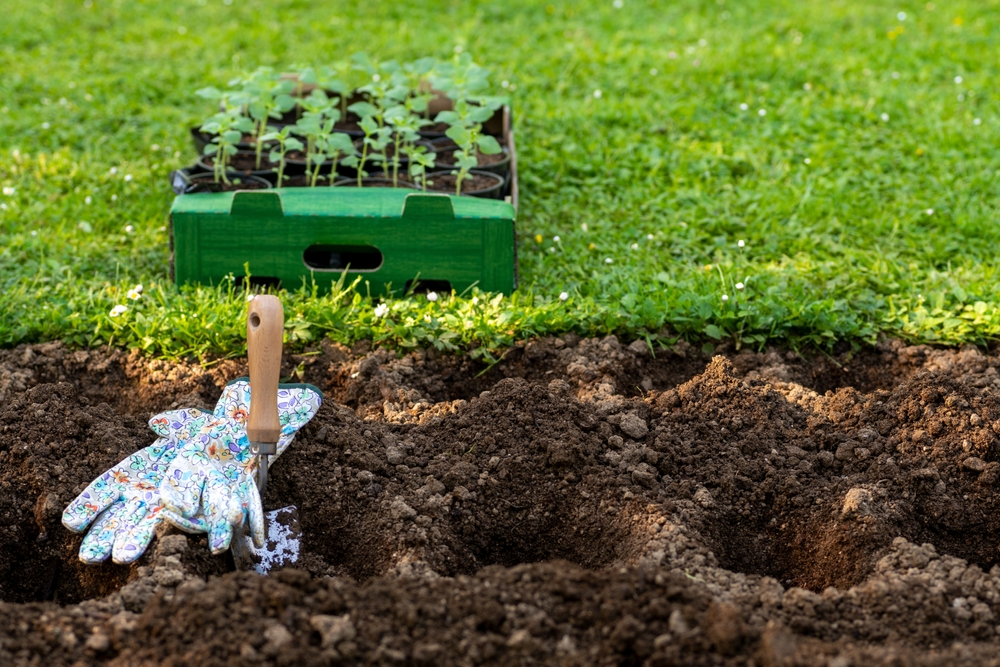
As soon as the ground is workable in early spring, it’s time to prepare your soil. Loosen compacted areas with a garden fork or tiller and incorporate organic matter like compost to enrich the soil. A soil test can also help you identify any nutrient deficiencies that need correcting before planting. Turning over the soil not only introduces fresh air but also helps break up clods and makes the area easier to plant. Keeping your soil healthy early on ensures your plants have a fertile foundation for growth.
Planting Cool-Season Crops
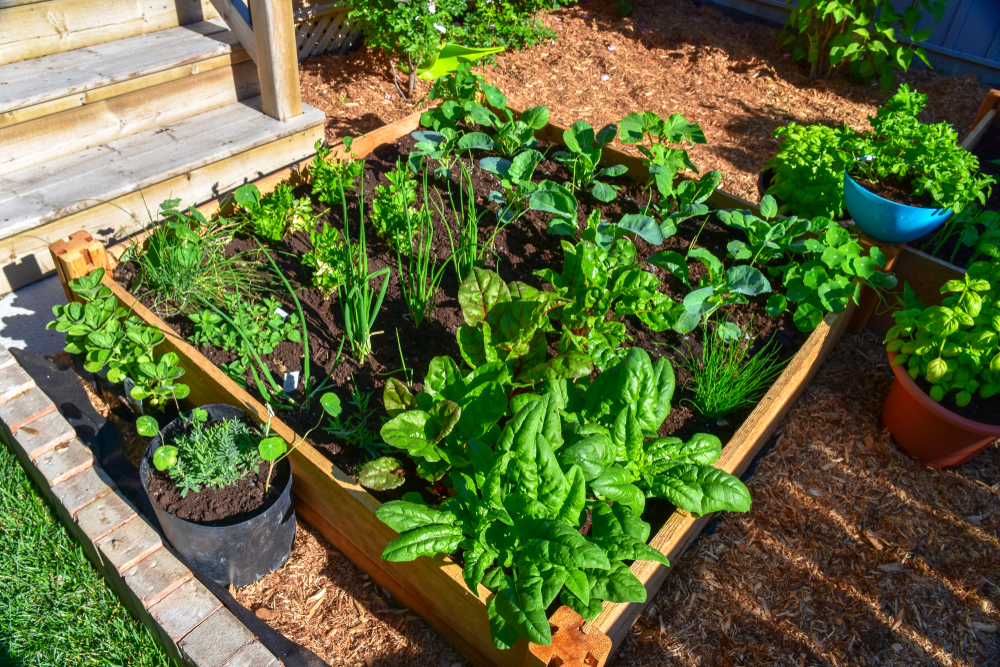
In spring, you can start planting cool-season crops such as lettuce, spinach, and peas. These crops thrive in cooler temperatures and can be started before the summer heat arrives. Make sure to read planting guidelines for spacing and depth to give each plant the room it needs to grow. Providing adequate water and some mulch around the plants can help retain moisture in the soil. Starting these crops early also allows for multiple harvests throughout the season.
Pruning Trees and Shrubs
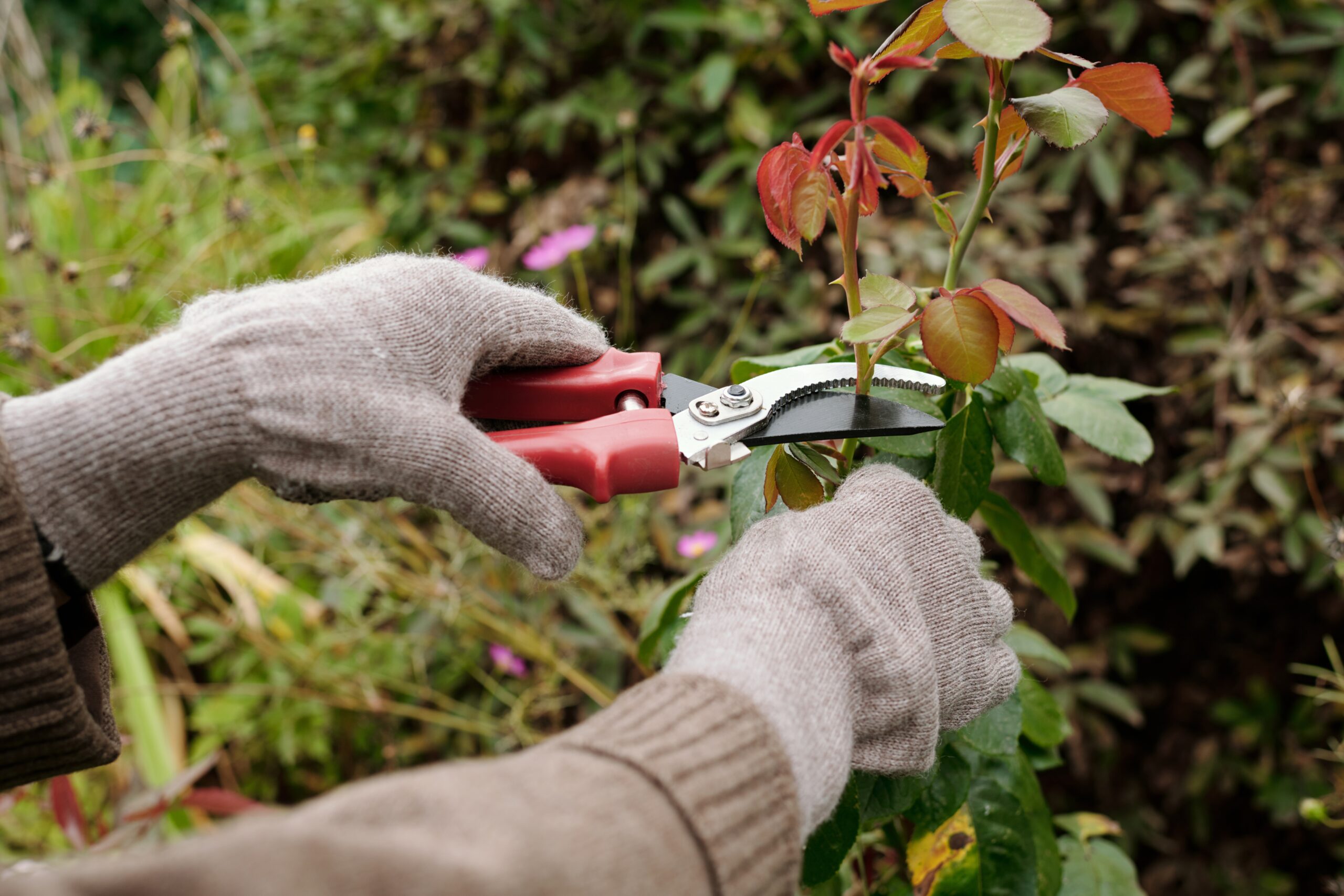
Late winter to early spring is the perfect time to prune your trees and shrubs. With the plants still in dormancy, pruning encourages strong new growth when the growing season starts. Remove any dead, damaged, or diseased branches to prevent pests and diseases from spreading. Shaping the plant also improves air circulation, which helps reduce issues like mold and mildew later on. Proper pruning ensures your trees and shrubs remain healthy and attractive year after year.
Applying Mulch in Late Spring
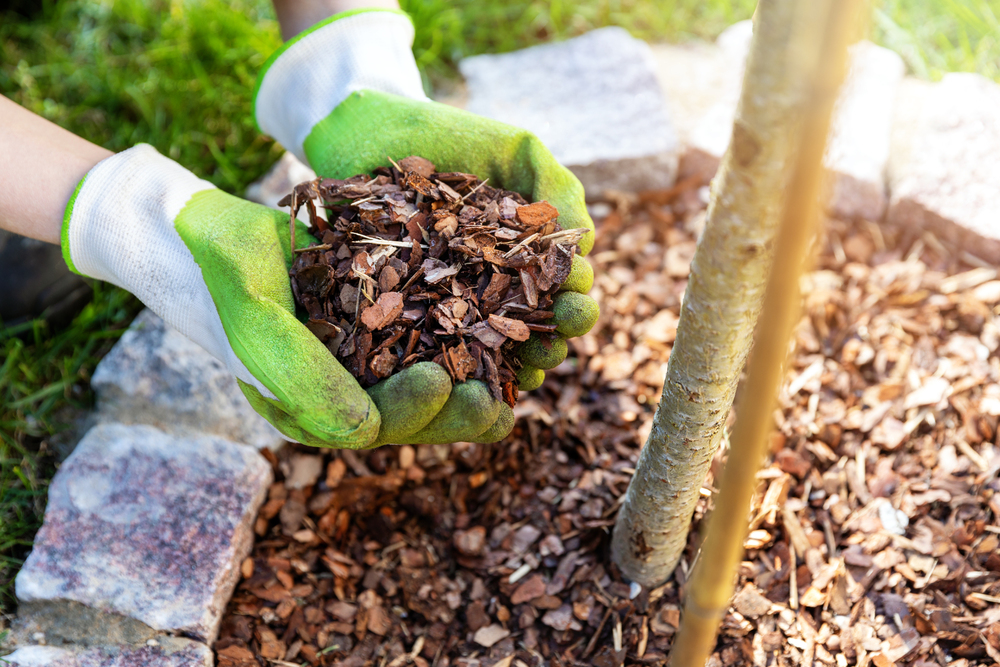
As the weather starts to warm up, applying a layer of mulch around your plants is essential. Mulch helps conserve moisture, regulate soil temperature, and suppress weeds, making it easier to maintain your garden during the hotter months. Organic mulches like straw, wood chips, or leaves will break down over time, adding valuable nutrients to the soil. Make sure to keep the mulch away from the stems of your plants to prevent rot. Regularly refreshing your mulch throughout the season will ensure consistent benefits.
Watering in Summer
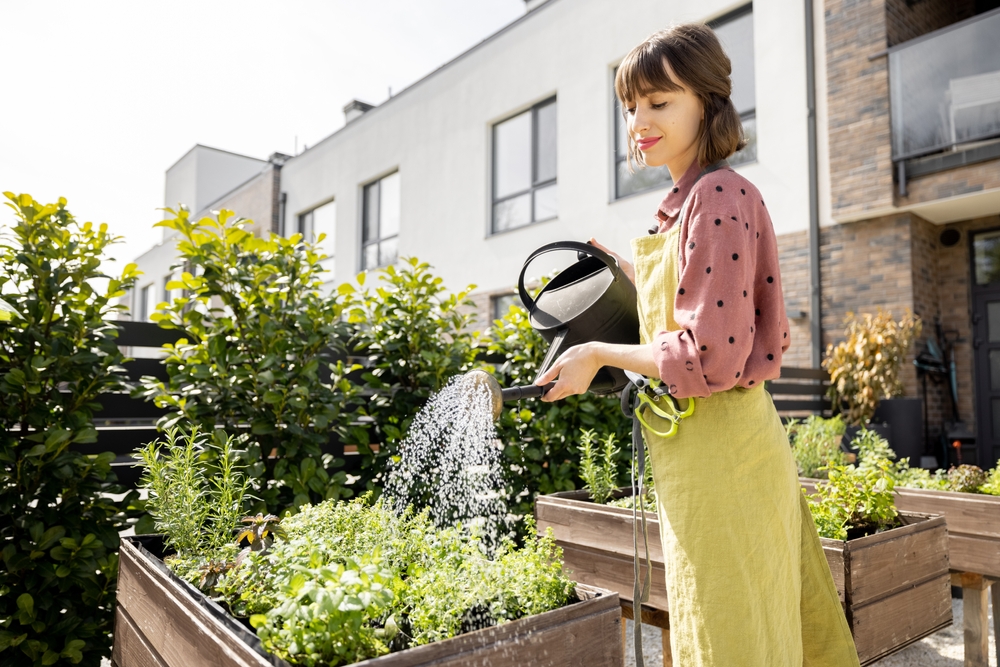
During the hot summer months, keeping your garden properly hydrated is critical. Water your plants early in the morning to minimize evaporation and allow the roots to absorb moisture before the heat of the day. Deep watering encourages roots to grow deeper into the soil, making plants more drought-resistant. Consider using drip irrigation or soaker hoses to deliver water directly to the roots. Regular watering ensures your plants stay healthy even during the most intense heat waves.
Fertilizing Throughout the Growing Season
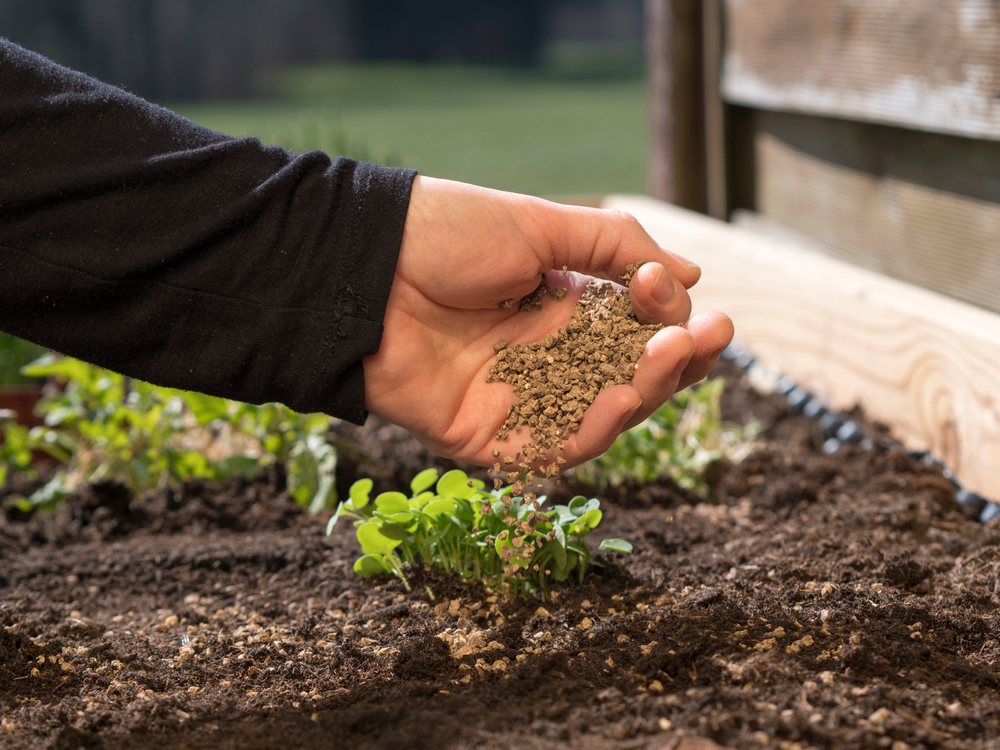
Regular fertilization is essential for plants to receive the nutrients they need to grow strong and produce fruit or flowers. Use a balanced fertilizer for general maintenance, or choose one specific to your plant’s needs. For instance, tomatoes benefit from a higher phosphorus content, while leafy greens need more nitrogen. Always follow the instructions on the fertilizer label to avoid overfeeding, which can damage plants. Fertilizing throughout the growing season helps maintain lush, vigorous growth.
Deadheading Flowers
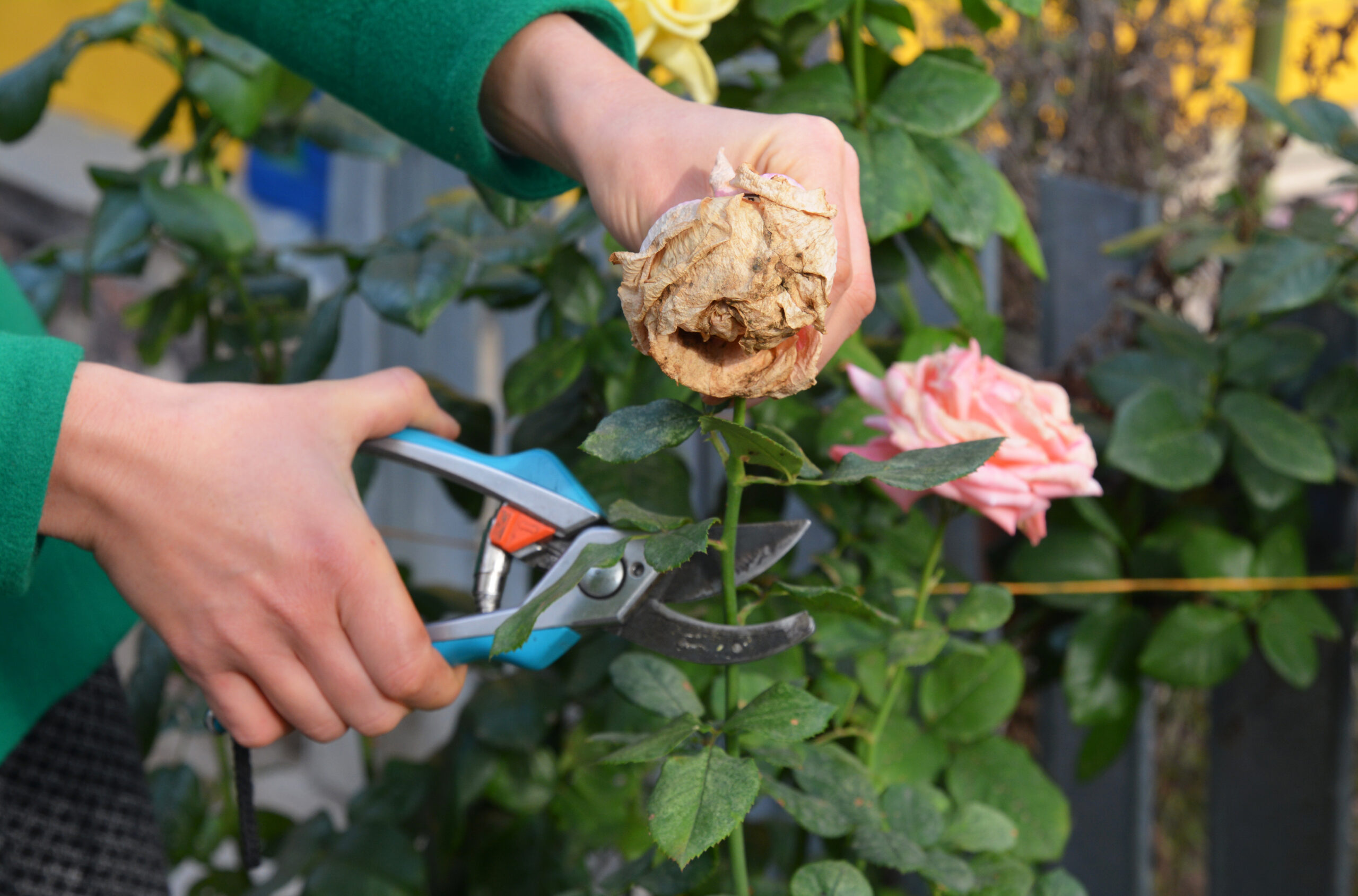
As flowers bloom and fade, deadheading or removing spent blossoms can encourage more blooms. By snipping off the old flowers, the plant redirects its energy into producing new blooms instead of setting seed. This task not only improves the plant’s appearance but also extends its flowering period. For certain plants, such as roses or marigolds, deadheading can lead to a spectacular second bloom. Performing this simple task regularly keeps your garden looking vibrant and full of life.
Weeding Regularly
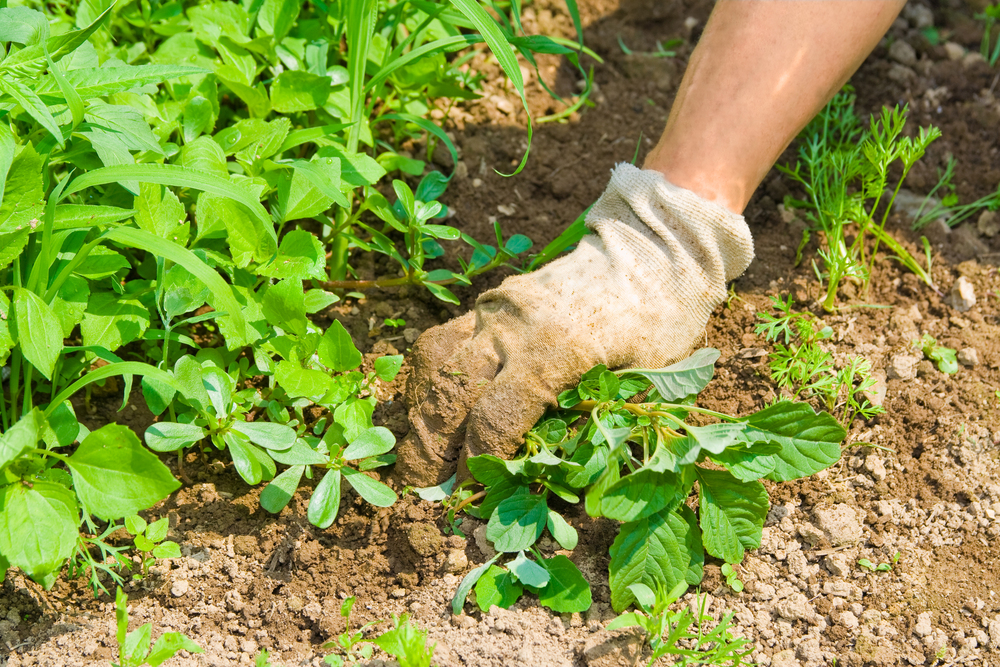
Weeds compete with your plants for water, nutrients, and light, so regular weeding is crucial. Early spring is the best time to start, as catching weeds before they mature prevents them from going to seed and spreading further. Hand-pulling, hoeing, or using a weeding tool can effectively remove weeds at their roots. Mulching can help suppress new weeds from sprouting, but consistent maintenance is still key. A weed-free garden allows your plants to thrive without unnecessary competition.
Staking Tall Plants
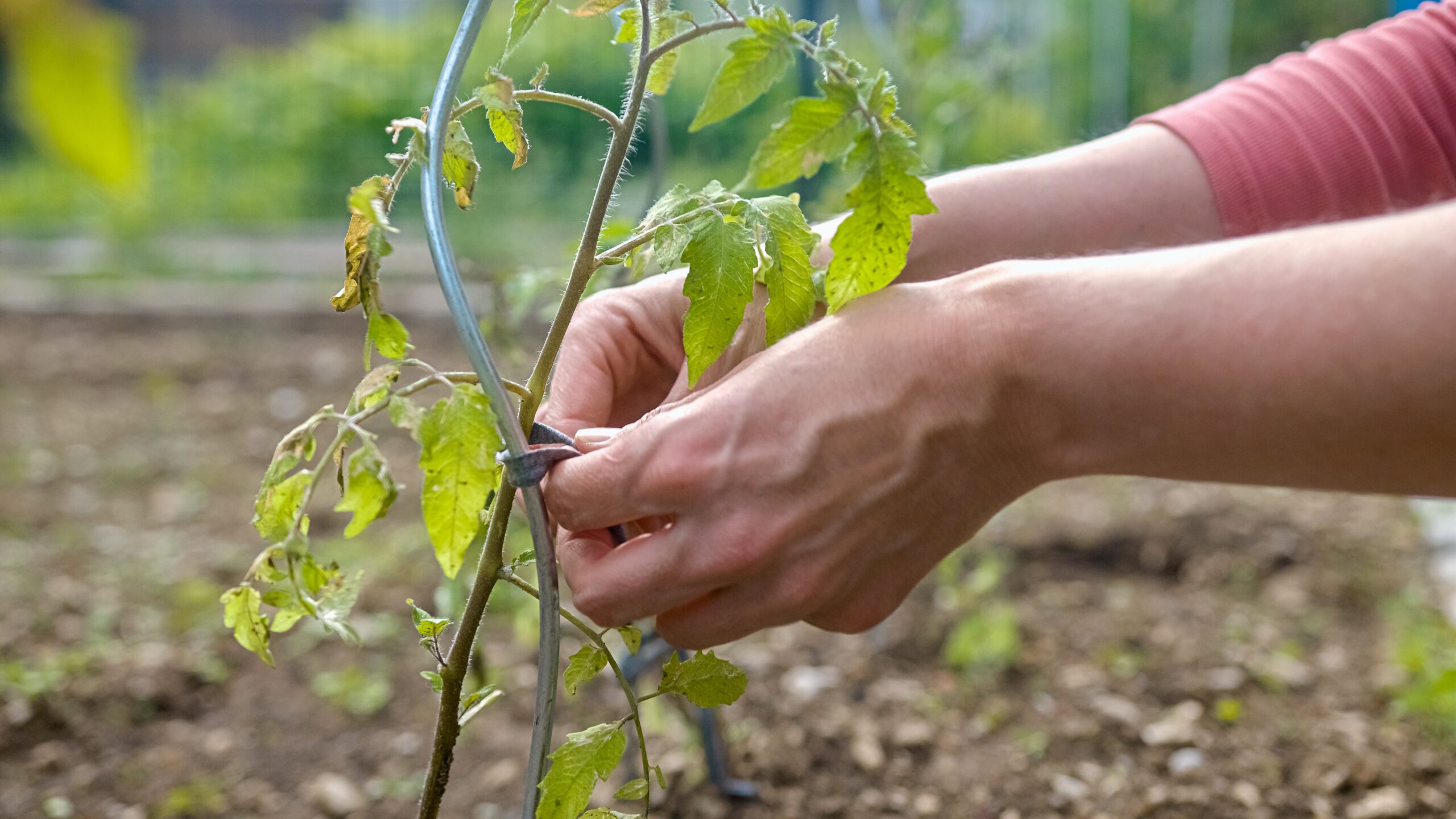
As plants like tomatoes, sunflowers, and hollyhocks grow tall, they may need support to prevent them from toppling over. Staking these plants early in the growing season helps guide their growth and reduces the risk of broken stems. Bamboo stakes, trellises, or cages are common supports that can be easily installed. Tying the plants loosely with soft twine or garden tape ensures they stay secure without damaging their stems. Staked plants remain upright and healthy, even in windy conditions or under heavy rain.
Pest Control in Summer
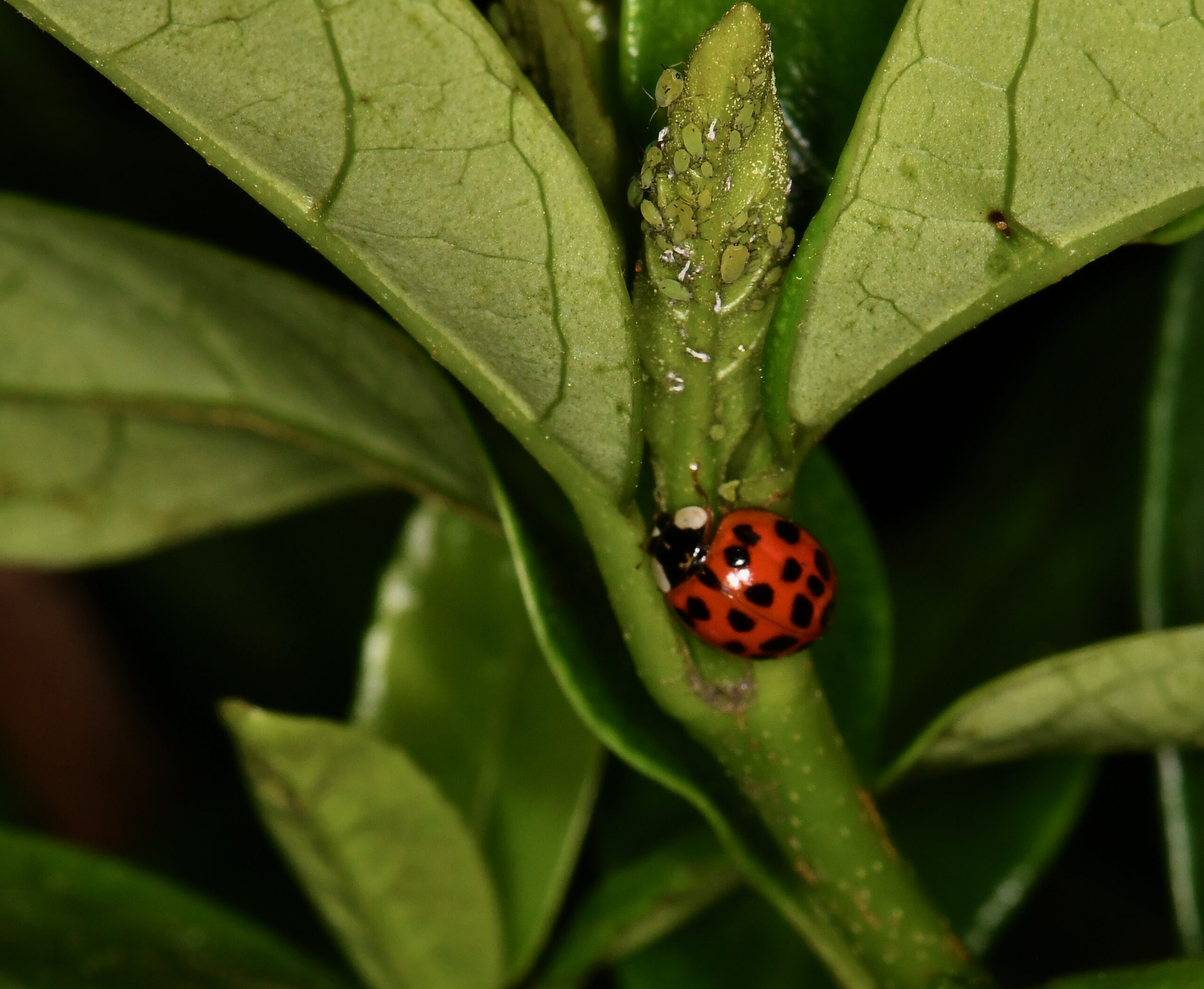
Warm weather often brings an influx of pests like aphids, caterpillars, and beetles that can damage your plants. Regularly inspect your garden for signs of pests, such as chewed leaves or droppings. Organic methods, such as introducing beneficial insects like ladybugs or using neem oil, can help control pest populations without harming the environment. Keep your plants healthy and strong, as stressed plants are more susceptible to infestations. Staying vigilant with pest control keeps your garden productive and pest-free.
Harvesting Vegetables in Late Summer

As summer progresses, many vegetables will be ready for harvest. Check your garden regularly for ripe produce like tomatoes, zucchini, and cucumbers. Harvesting at the right time ensures the best flavor and prevents overripe vegetables from taking energy away from new growth. Some vegetables, like beans, will produce more if harvested frequently. Properly storing or preserving your harvest ensures you can enjoy your homegrown produce for weeks to come.
Dividing Perennials in Early Fall
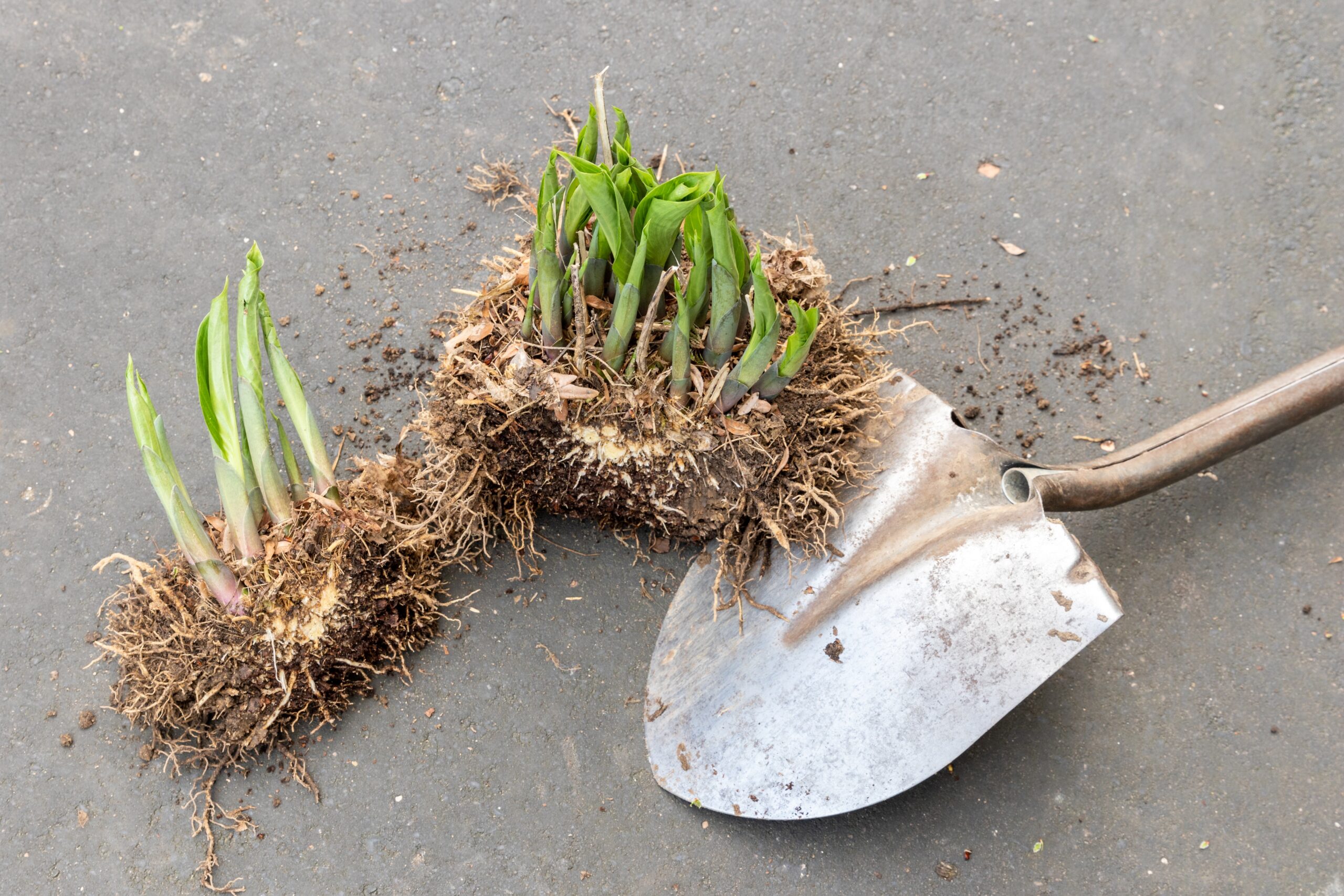
Early fall is the ideal time to divide crowded perennials like daylilies, hostas, and irises. Dividing these plants encourages better growth and prevents overcrowding, which can lead to disease. Use a sharp spade or garden knife to carefully separate the plant into smaller sections, making sure each section has roots. Replant the divisions in well-prepared soil and water them thoroughly to help them establish before winter. Dividing perennials every few years keeps them vigorous and blooming beautifully.
Planting Bulbs for Spring Blooms
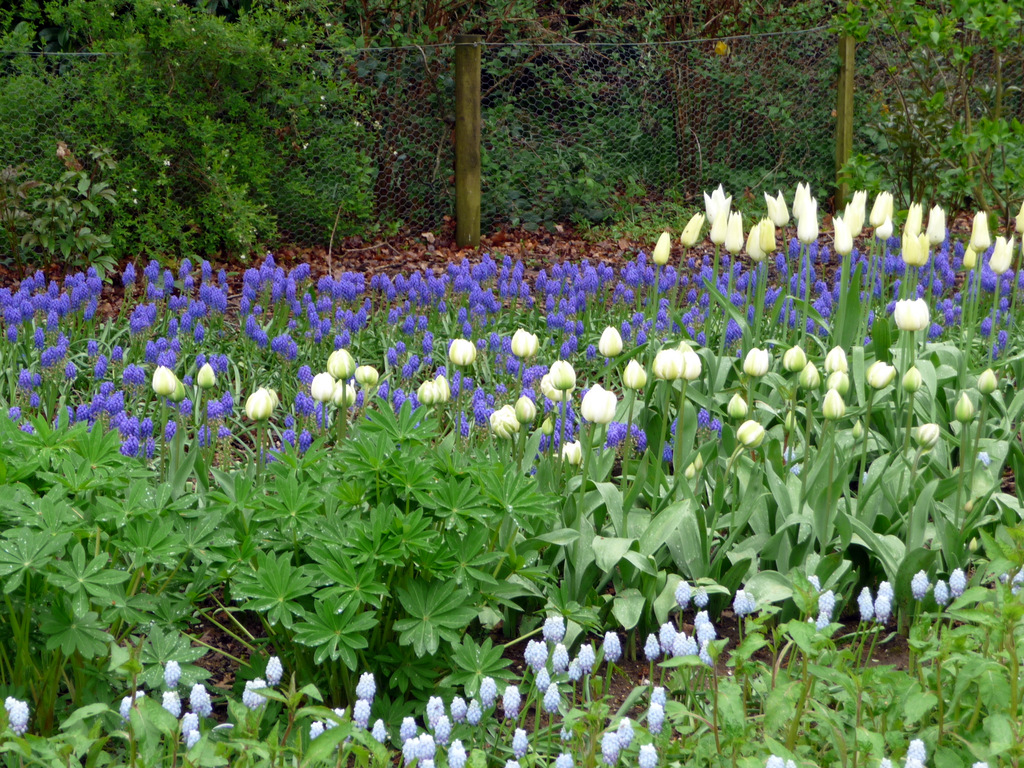
Fall is the perfect time to plant bulbs like tulips, daffodils, and crocuses for a vibrant spring display. These bulbs need the cold winter months to develop roots and prepare for their bloom in the warmer weather. Plant bulbs at the recommended depth, usually two to three times the height of the bulb, in well-draining soil. Water them well after planting and apply a layer of mulch to protect them through the winter. Proper bulb planting ensures a burst of color in your garden when spring arrives.
Covering Plants Before Frost
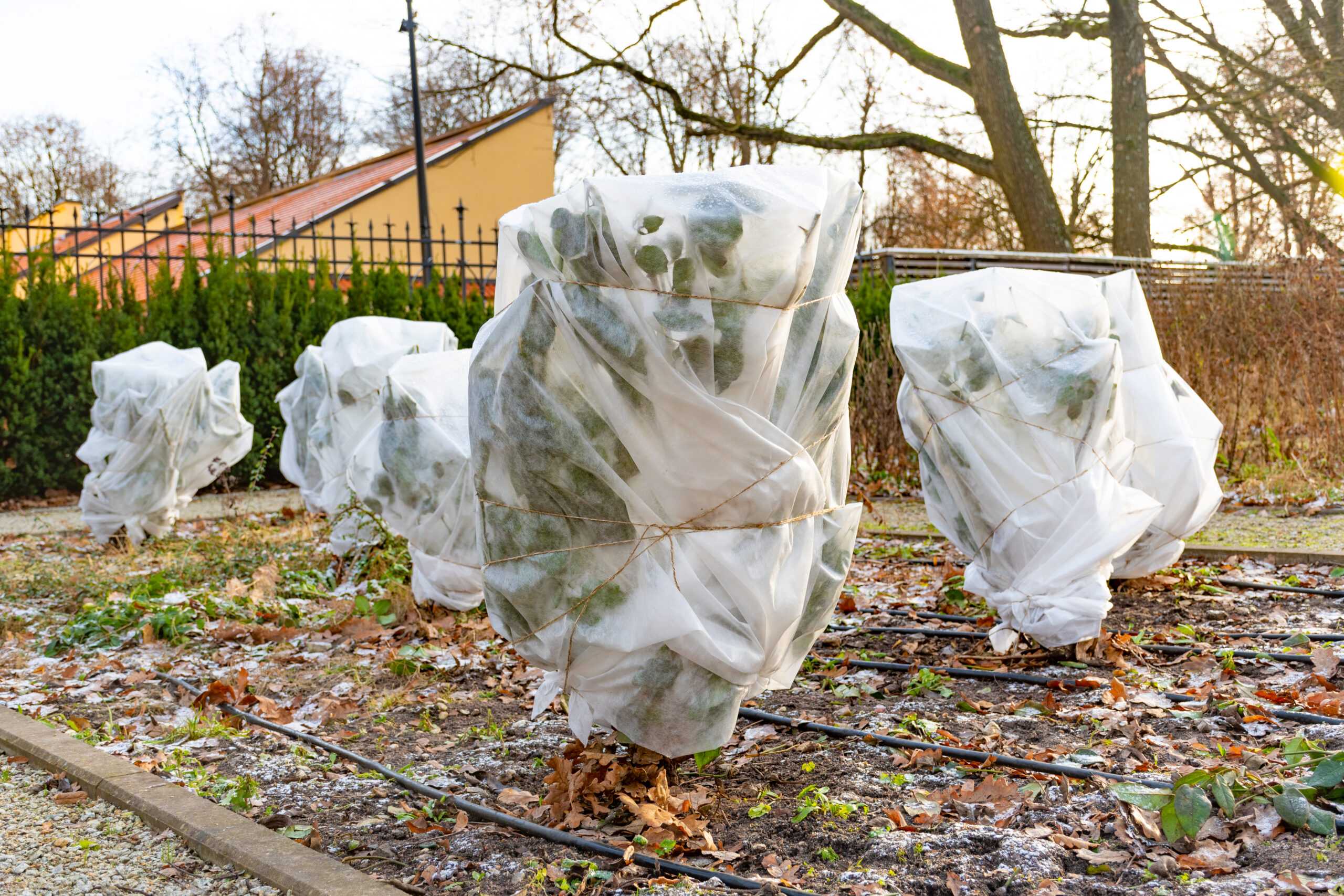
As temperatures drop in late fall, it’s important to protect your plants from frost damage. Covering tender plants with frost blankets, burlap, or even old bed sheets can provide the insulation they need. Be sure to remove the coverings during the day to prevent excess moisture from building up. Mulching heavily around the base of plants also helps to insulate the roots. Taking these precautions can save your plants and extend the growing season.
Cleaning and Storing Garden Tools
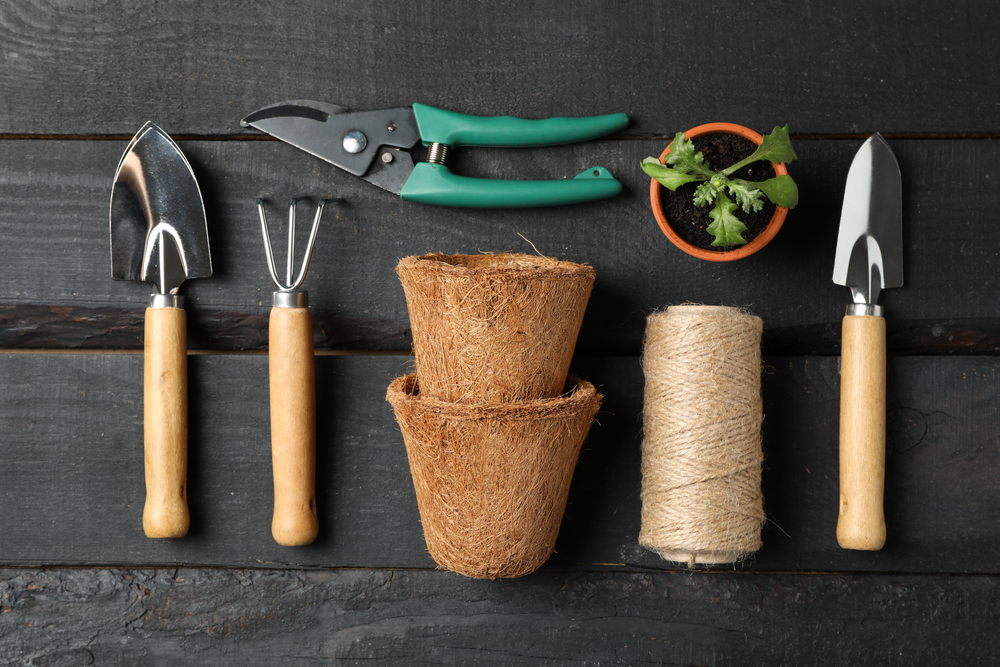
At the end of the gardening season, it’s essential to clean and store your tools properly. Removing dirt and debris from tools prevents rust and prolongs their lifespan. Sharpening blades and oiling metal parts also ensures they’ll be ready for use next season. Store your tools in a dry, protected area to prevent damage from the elements. Proper tool maintenance helps keep your gardening tasks efficient and your tools in top shape for years to come.
This article originally appeared on RetailShout.
More From RetailShout
The 14 Oldest Steakhouses in America You Must Visit

Steak lovers, gather ’round! Ever wondered where you can find the oldest and most iconic steakhouses in the United States? These places are more than just restaurants; they’re pieces of history, each with its own unique story and mouth-watering menu. Read More.
Avoid These 13 Common Mistakes When Cooking Beans
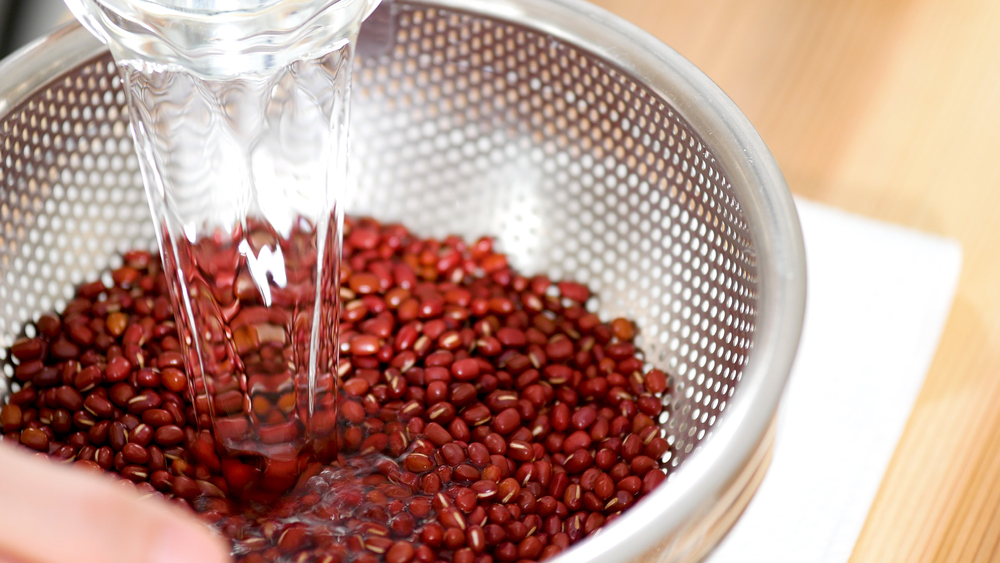
Cooking beans can be tricky, but it’s easier once you know what to avoid. Whether you’re making a hearty stew or a simple side dish, beans can be a delicious and nutritious addition to your meals. However, there are some common mistakes that can make them less tasty or harder to digest. Read More.
Top 16 Asian Foods from Trader Joe`s

Asian foods have got to be one of the tastiest and most versatile cuisines out there, and Trader Joe’s knows how to deliver those flavors right to your pantry. Their selection of Asian-inspired products offers something for every craving, and has some hidden gems you won’t want to miss. Read More.






